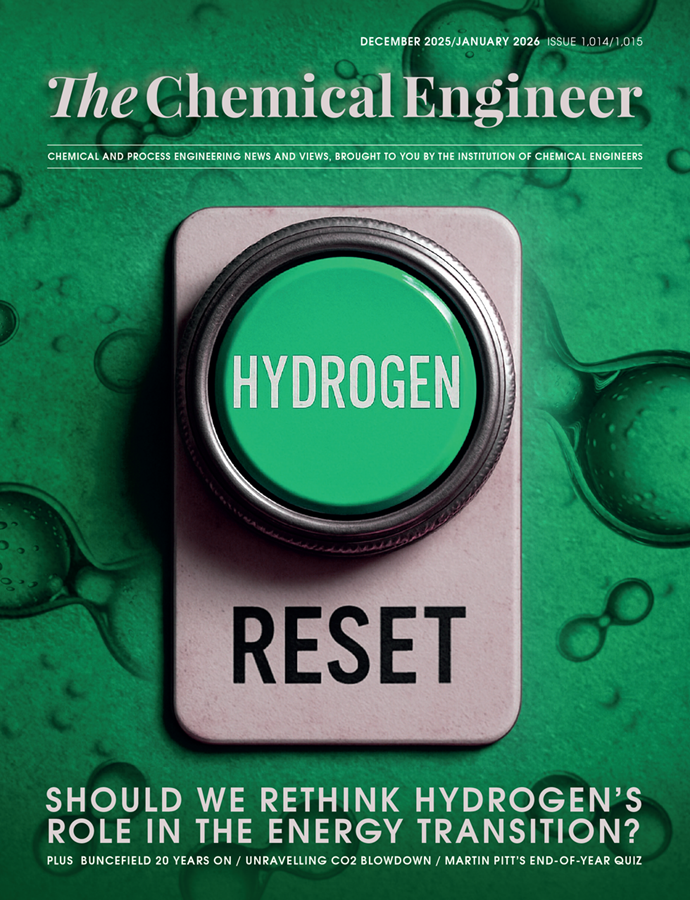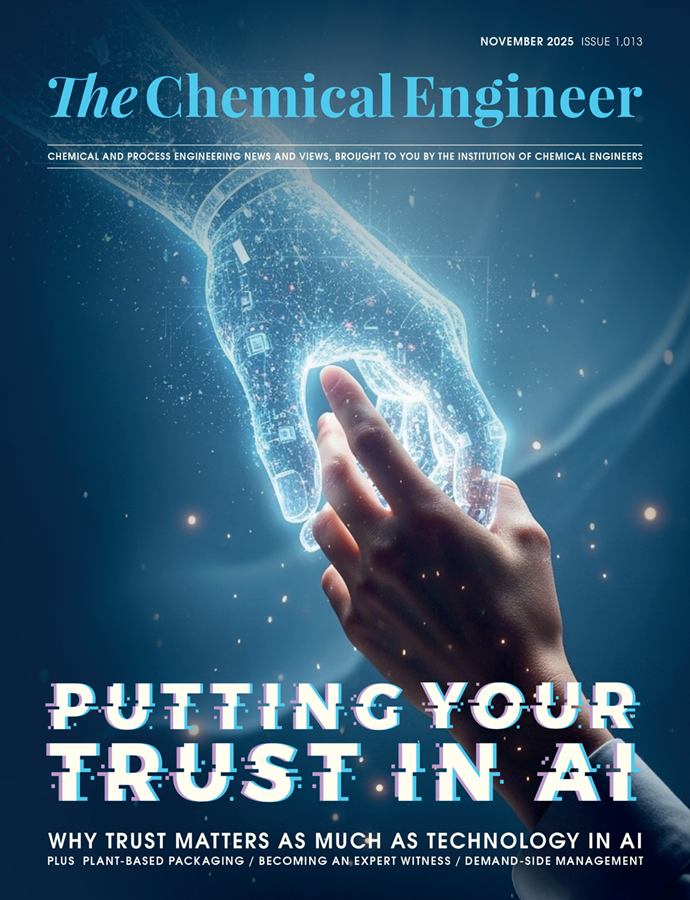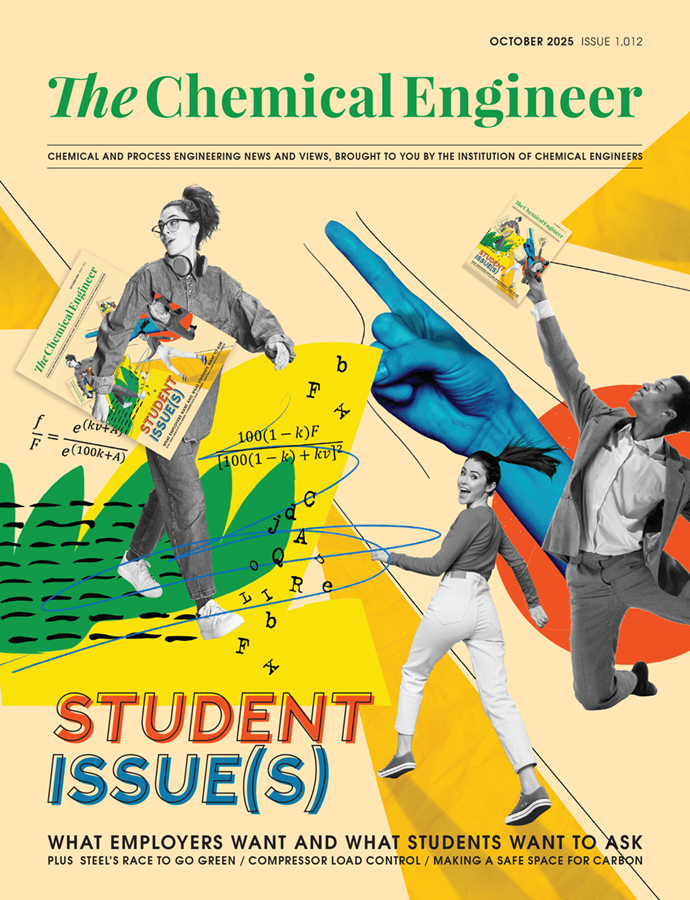First reactor since Fukushima: Japan probes returning to nuclear power

MORE than a decade after the meltdown of the Fukushima Daiichi nuclear plant, Japanese energy firm Kansai Electric Power (KEPCO) is exploring the feasibility of building Japan’s first new nuclear reactor – following the country’s renewed interest in the power source.
KEPCO will conduct a survey on the feasibility of building a new reactor at the site of its existing Mihama nuclear power station in the Fukui prefecture.
The survey had initially been proposed in 2010 but was abandoned in 2011 after a tsunami triggered the Fukushima Daiichi meltdown – where decommissioning of the site may take more than 30 years.
Japan's nuclear history
KEPCO says its survey will focus on the “geomorphic and geological characteristics” of the Mihama site to ensure it conforms to new regulatory requirements.
After the Fukushima disaster, Japan shutdown all 50 of its operating nuclear reactors for maintenance.
At the time, nuclear accounted for 30% of the country’s total electricity production. Currently, Japan imports 90% of its energy but it has plans to boost its nuclear capacity to curb its dependence on overseas supplies. By 2030, the country is aiming to generate at least 20% of its electricity from nuclear.
KEPCO said: “In our Zero Carbon Vision 2050, realisation of new installation, expansion and replacement of facilities is set as one of our goals. To achieve such a goal, we consider it necessary to resume [a] voluntary on-site survey as part of the evaluation to decide whether the business to construct successor plants are feasible.”
In 2013, Japan’s Nuclear Regulation Authority established new rules for reactors. These include additional safety standards for reactor designs, safety measures against natural phenomena and the reliability of back-up power supplies.
Since the development of new rules, only 10 reactors have been cleared to restart and operate in Japan.
KEPCO's survey
For KEPCO’s Mihama power station, unit 1 and unit 2 ceased operation in 2015, leaving unit 3 – the site’s largest reactor with an 826 MW output – still running.
The company has not finalised a design for a new reactor and says more research will be done after the survey. Further research will focus on regulation policy, business environment conditions for investment decisions, and the status of development of advanced light water reactors.
The company said the decision to construct the successor plant will not be based solely on the results of this survey.
“We will continue to make our best efforts to ensure safe and stable operations of our nuclear power plants, with priority given to safety, and with the understanding of the local community and all those concerned, we will continue to promote our nuclear power generation business,” KEPCO said.
Recent Editions
Catch up on the latest news, views and jobs from The Chemical Engineer. Below are the four latest issues. View a wider selection of the archive from within the Magazine section of this site.




